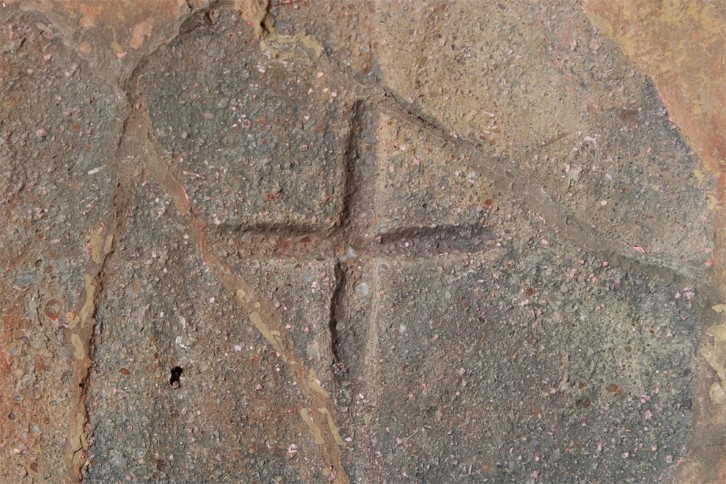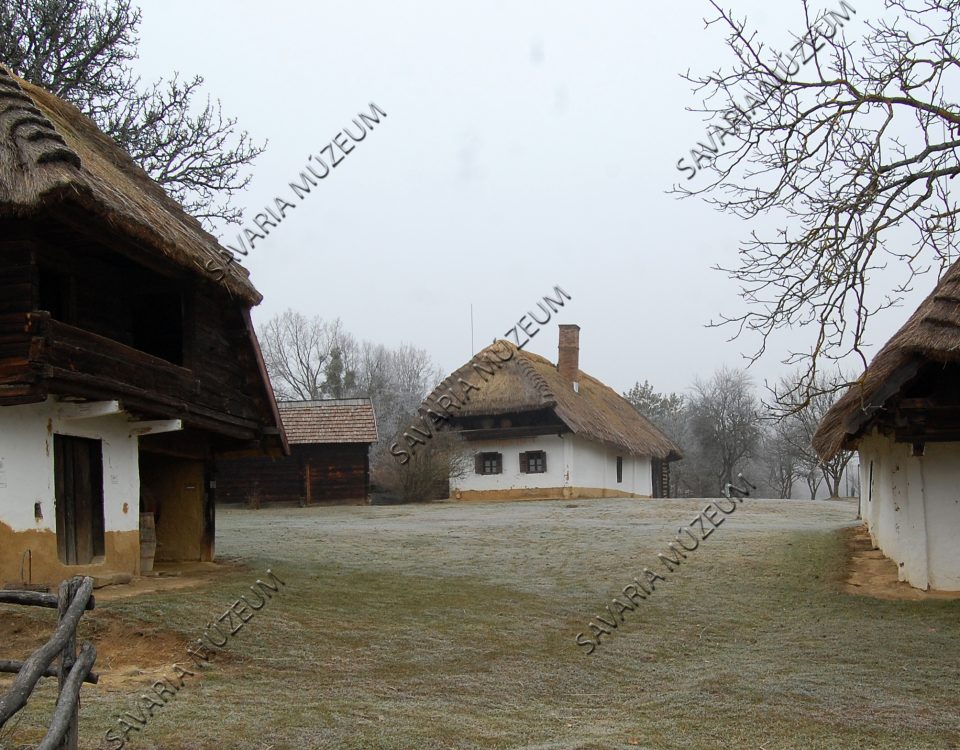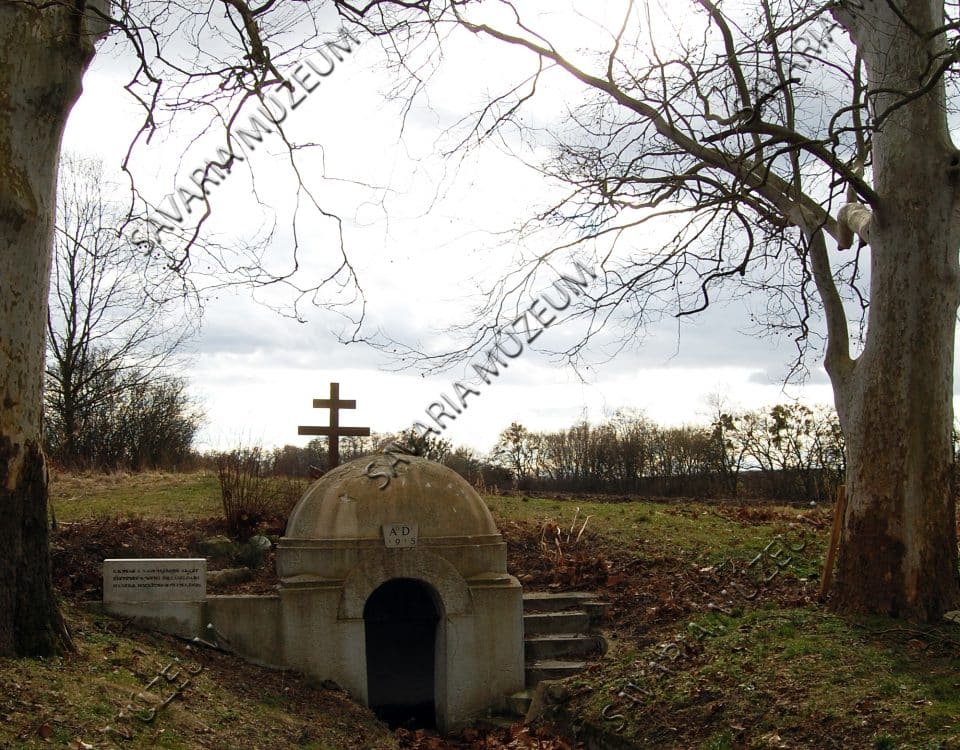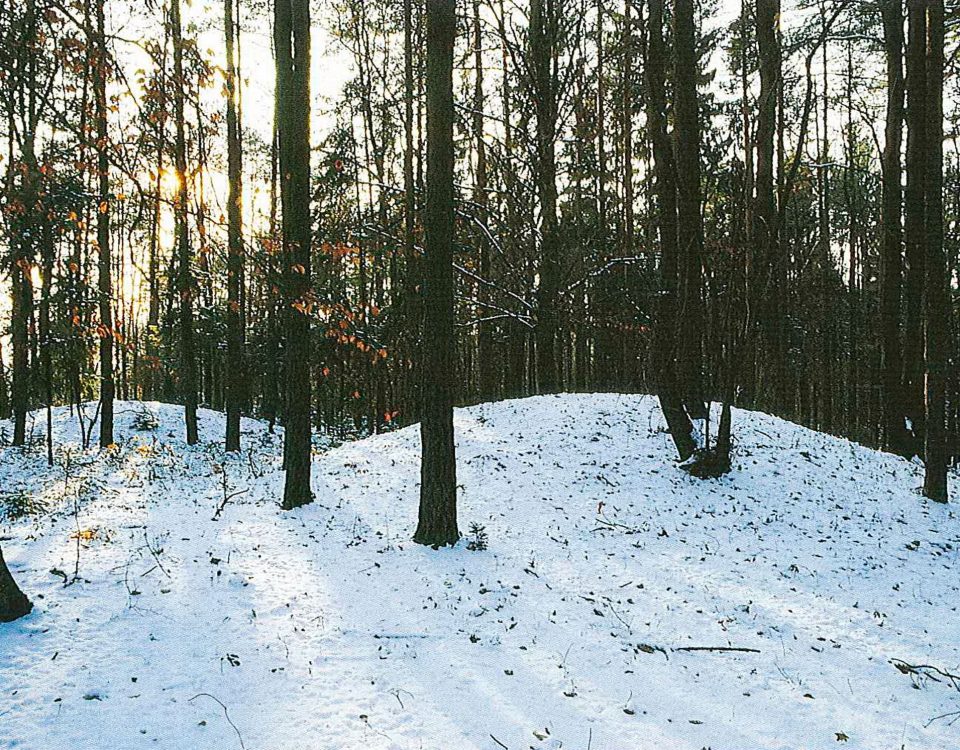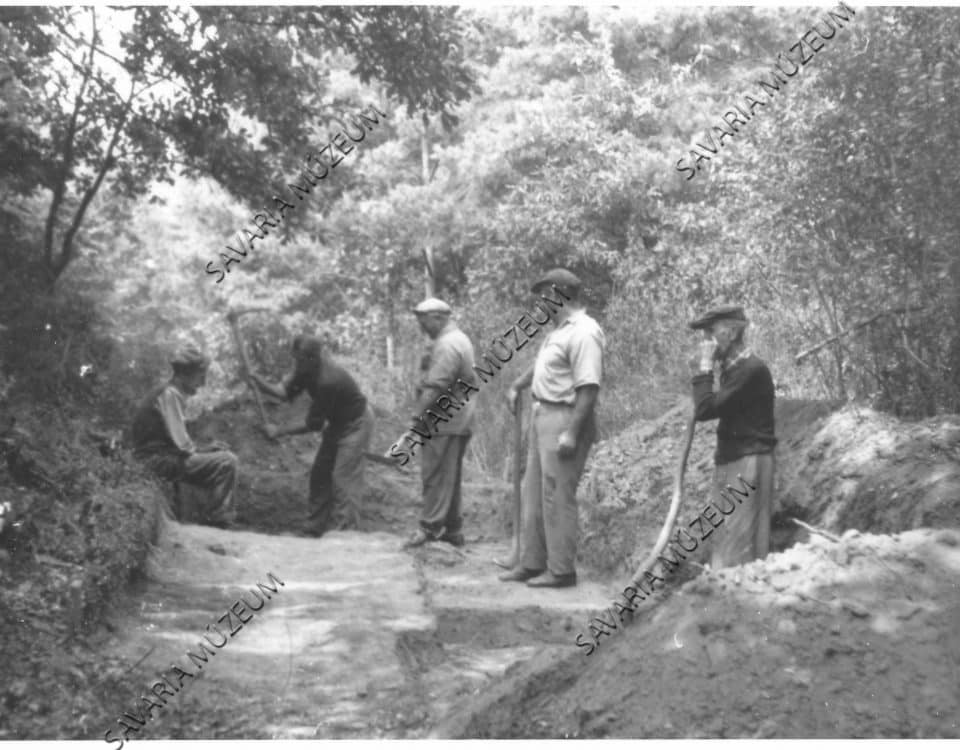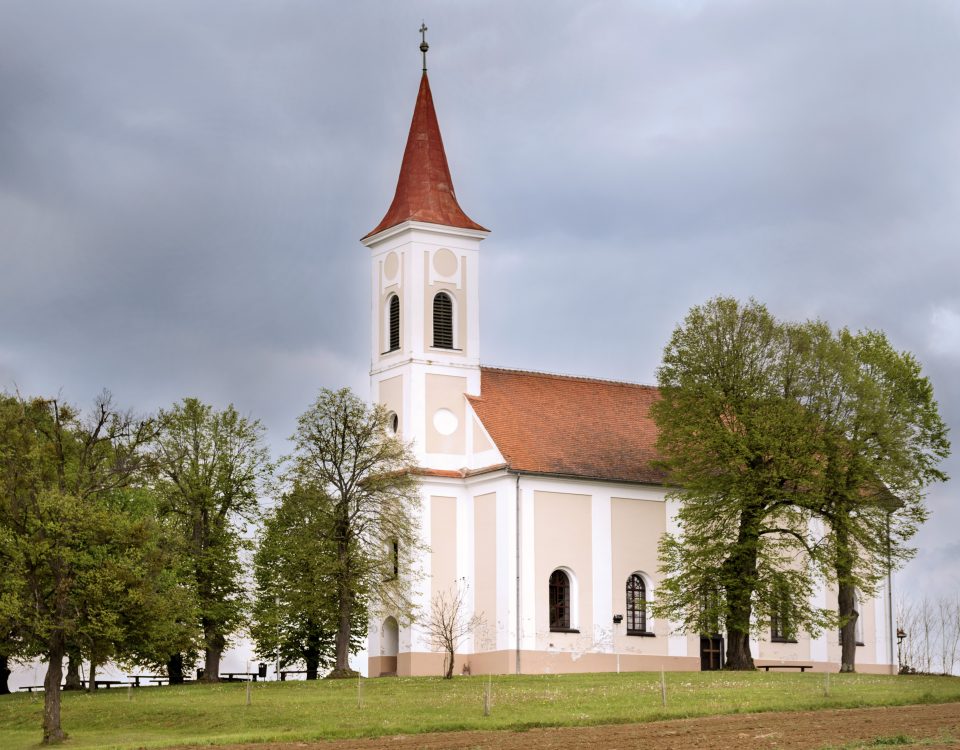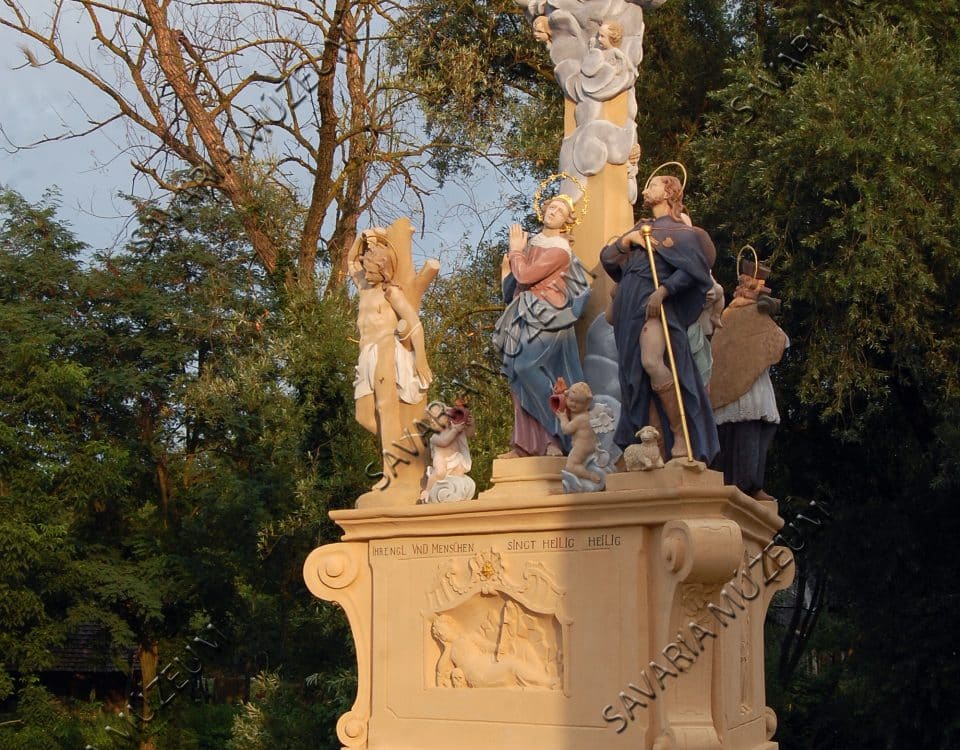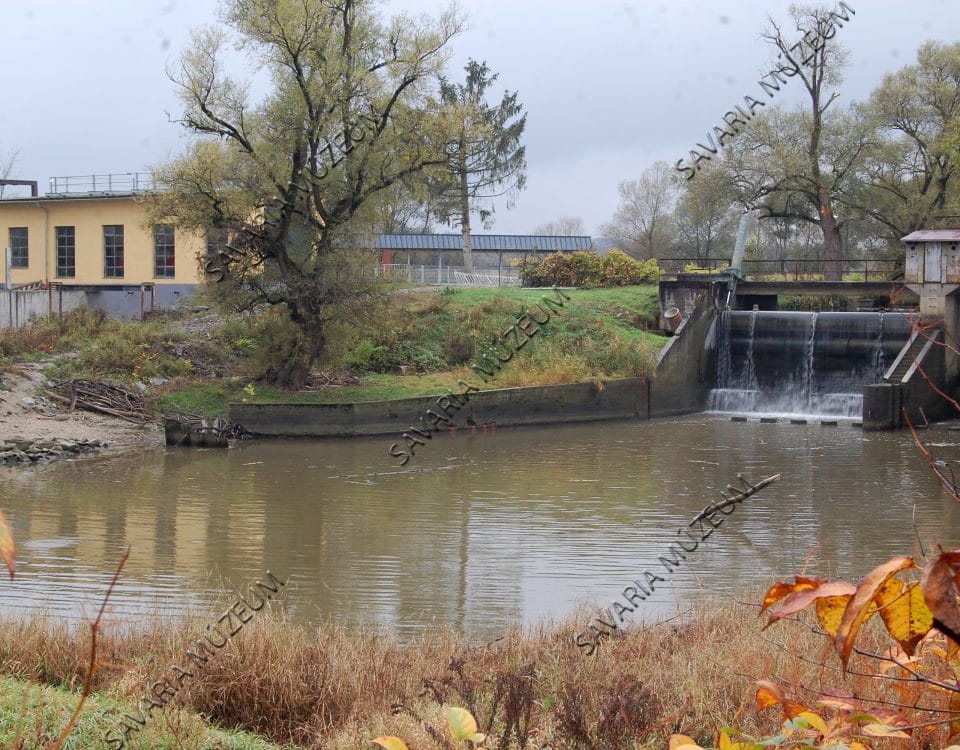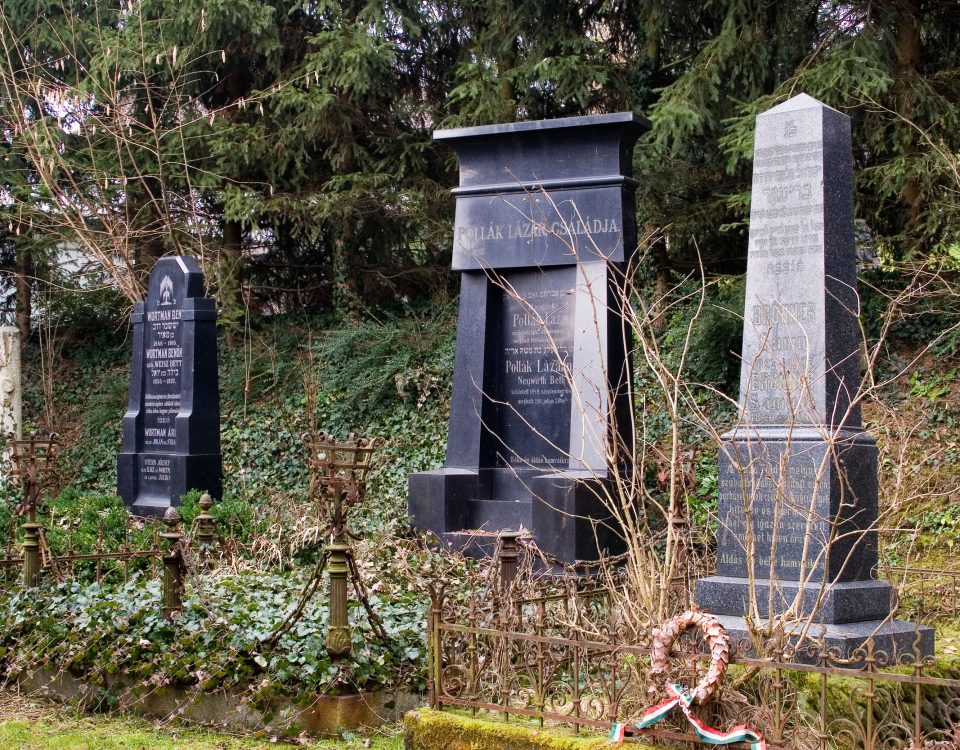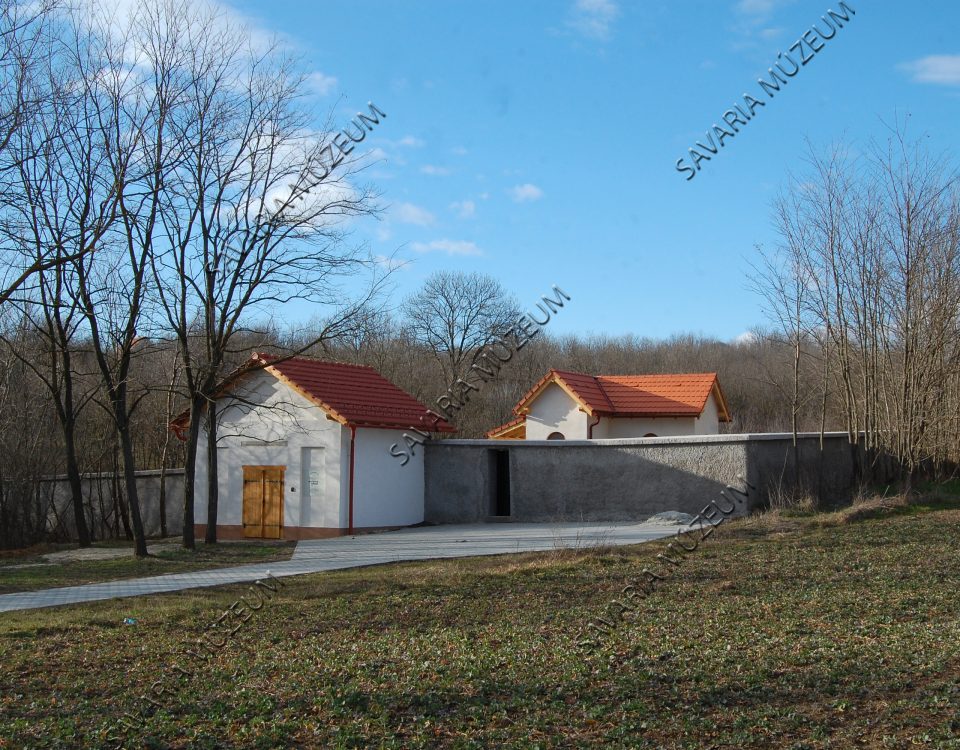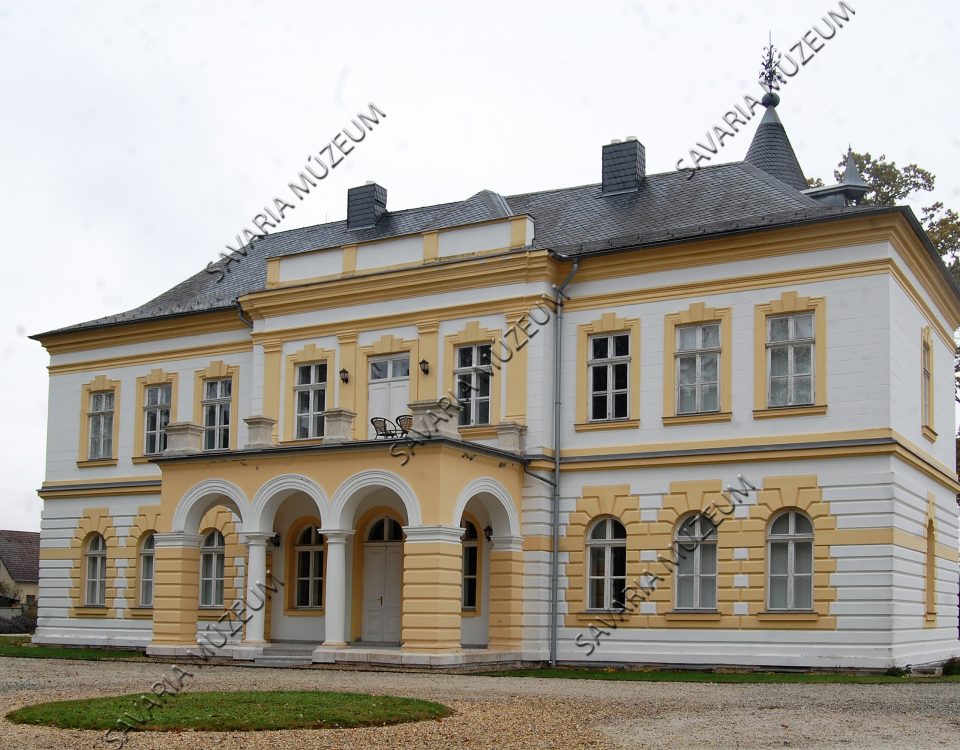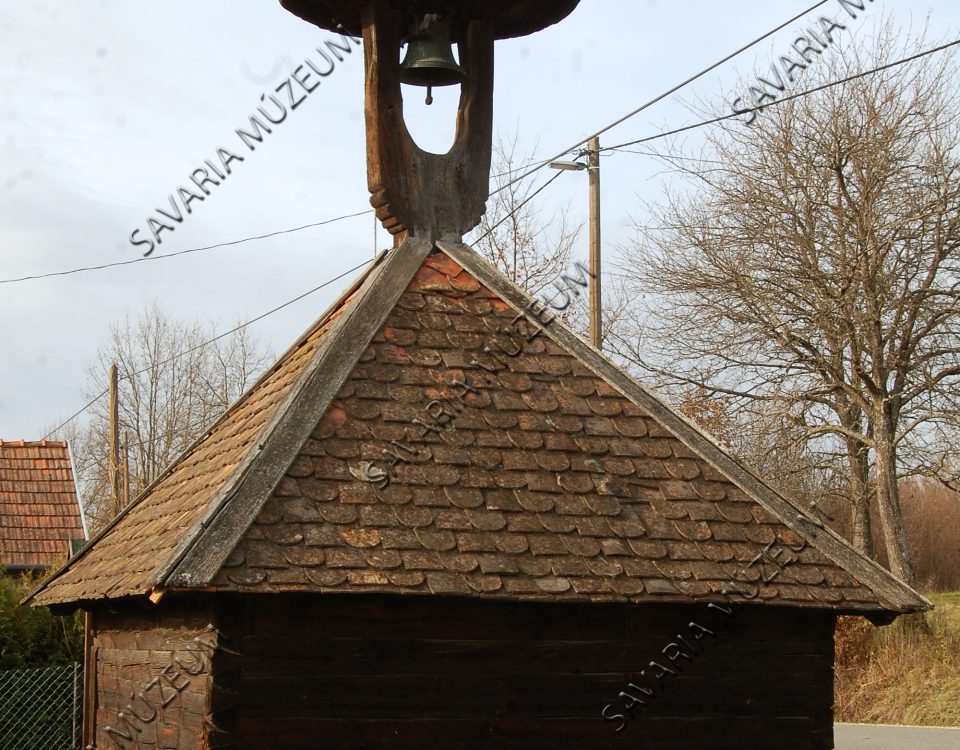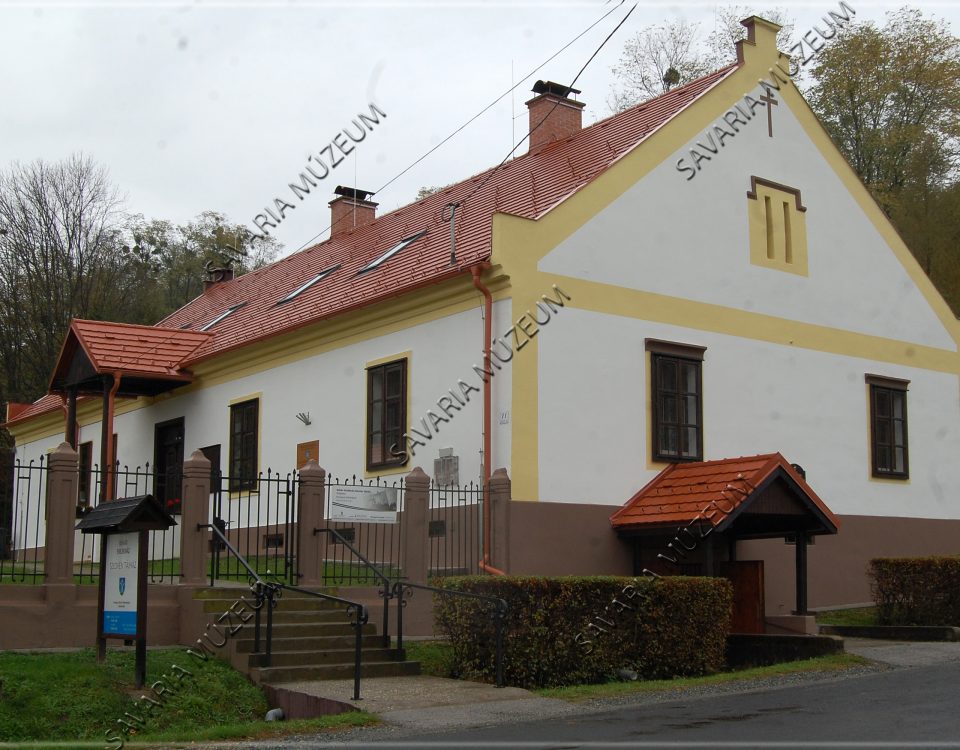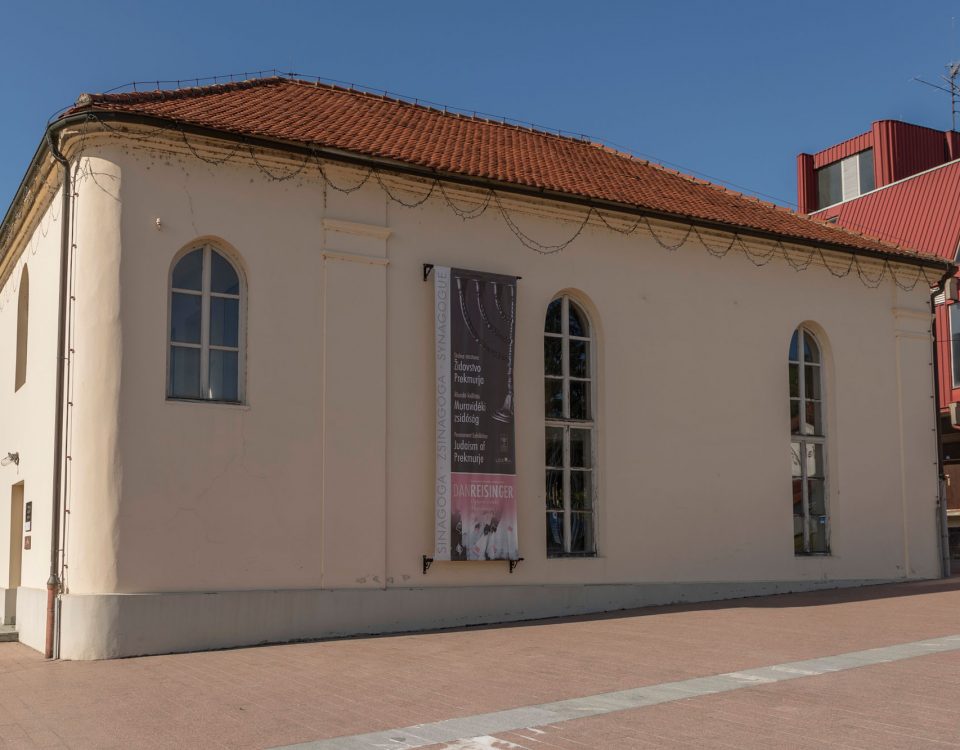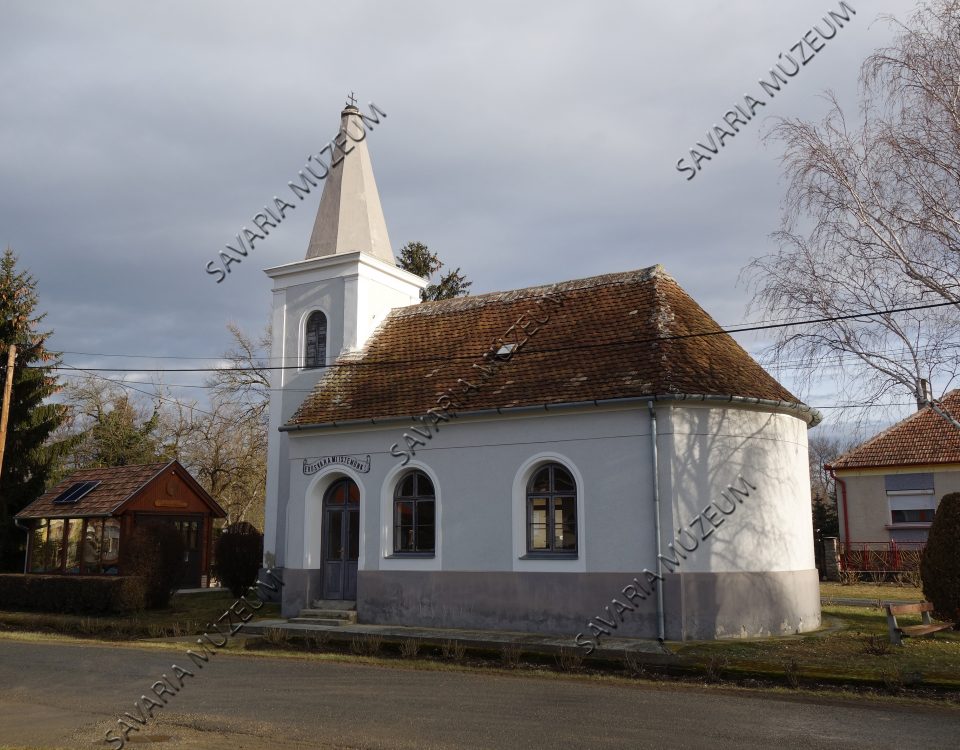Review of documented digitizers
11. February, 2020
Gornje njive is an archaeological site on the marshy side of the floodplain of the Kebele stream, on a flat but slightly elevated field, on the eastern slope of Lendava Mountain, 1 km from Dolga Vas. The site was explored between 1997 and 1998 (Gornje njive 1) and in 2004 during the construction of the…
26. February, 2020
The Őrség Folk Monument complex in Szalafő, Pityerszer, consists of 10 buildings: 1 fenced house, 1 single-storeyed and 1 two-storeyed “kástu” (food and fodder storage building), 2 dwelling houses, 1 barn, 1 barn with stable and pantry, 1 shed, 1 pigsty and 1 wood-shed. The most valuable building is the two-storeyed “kástu” and the fenced…
30. April, 2020
In the spring of 1915, the builders of one of the largest prison camps of the Austro-Hungarian Monarchy, the Ostffyasszonyfa camp, were housed in a temporary camp near Kissitke. There were about a thousand Russian and Serbian prisoners of war on June 17, 1915 – in order to prevent the epidemic outbreaks and to provide…
18. August, 2020
At the location of the meadow named Gomila, there are fourteen mounds, most of them are 12 to 15 m in diameter and 1.5 to 3 m in height. The largest is 30 m in diameter and 5 m in height. In there, two cremation graves were found; one of them was surrounded by a…
21. February, 2020
In the 1970s, excavations were carried out by Mária Károlyi at the Celtic settlement, which had entered the literature as the Fortress of Ostffyasszonyfa. The site is located in the floodplain of the Rába River, on the banks of the Lánka stream, on the top of a hill today largely covered by forest. The approximately…
11. February, 2020
The Lutheran parish of Hodoš was established as the third in the row on November 1, 1783, after the edict of tolerance of 1781. The first church was built in the same year. As time passed, it began to decay, and the construction of a new church began, which was completed in 1823. The third…
18. August, 2020
In the former Németkeresztes, János Goller and his associates established a foundation in 1760 for the erection and maintenance of a Trinity statue. On the pedestal has a German chronostichon inscription: “IHR ENGL VND MENSCHEN SINGT HEILIG, HEILIG” (YOU ANGELS AND PEOPLE, SING THIS: HOLY, HOLY). From this it can be derived that it was…
3. March, 2020
In 1686 the mill was owned by the Batthyány estate, then by Count László Szapáry. In 1911 Mihály Guttmann bought the mill and the sawmill. The latter was let to an entrepreneur named Schwarcz, then taken over by his son, Imre. In 1949 the family was declared “kulaks” and resettled. In 1960 the mill and…
11. February, 2020
The Ivankovci site is located next to the Prekmurje highway, west of the village of Trimlini, opposite the biogas plant. Settlement remains from several eras have been uncovered at the site. In the late Copper Age there was a small colony with several dwelling pits. The finds are related to the archaeological Lasinja culture (about…
18. August, 2020
This is the cemetery was the final resting place for the Jewish inhabitants of Lendava and the surrounding villages. In the cemetery of the Jewish inhabitants of Lendava, the tombstones are facing Jerusalem, as required. The Jewish cemetery is surrounded by a stone fence. The Jewish cemetery in Lendava was divided into three parts, the…
18. August, 2020
Nagysimonyi was one of the centers of the Jewish community of Kemenes region in the 1700s. The Simonyi community was founded by 18 families who resettled from Germany. Their synagogue was built in the 19th century and had to be rebuilt after a fire in 1892. The unused building was demolished in 1953. Today their…
3. March, 2020
The castle was rebuilt in 1890 by Kálmán Széll, the 12th Prime Minister of the Kingdom of Hungary, based on the plans by Alajos Hauszmann, from a one-story manor house to an 18-room building. After World War II, the castle’s furnishings and library were stolen. The building housed a machine station, then a cultural center…
21. February, 2020
It is located in the territory of the former Szomoróc. The bell is placed on a fork (“ágas”) carved from a single oak log above the tent roof. The walls of the rectangular building were made of beams. The skirted roof not only has a support function but also protects the bell tower. This kind…
18. August, 2020
The memorial house was named after the Slovenian priest János Kühár (1901-1987) , the parish priest of the village for fifty years (1936-1987). He was born in Gradišče. He went to high school in Kőszeg and Szombathely, studied theology in Szombathely, where he was ordained a priest in 1924. In 1938 he headed the reconstruction…
2. March, 2020
In 1866 began the construction of the present synagogue, which is the only synagogue in Slovenia besides the Maribor synagogue. There is a permanent memorial exhibition on the Jewish population in Lendava and Prekmurje, as well as a permanent exhibition by Dan Reisinger, an Israeli graphic artist and painter, entitled Scrolls of Fire.
18. August, 2020
The Lócs Lutheran church was built in 1937. It was renovated in 1999.

